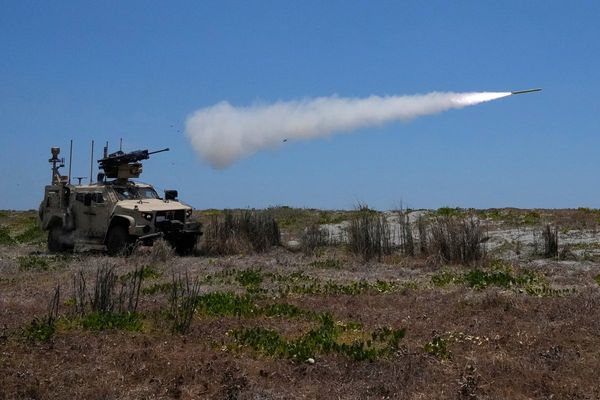
China tech darling Huawei is thriving, having “adapted” to Washington’s sanctions with continued successes in smartphones, EVs, semiconductors and other leading-edge technologies.
Huawei’s revenue reached 860 billion yuan ($118.1 billion) in 2024, a 22% increase, according to remarks on Wednesday by chairman Howard Hua Liang. Huawei typically reports its revenue as part of its annual report, released in March.
“ICT infrastructure will remain stable, consumer business will return to growth, and the smart car solution business will develop rapidly,” Liang said, according to the Shenzhen Business Daily.
The double-digit growth adds to Huawei’s comeback story. Just a few years ago, founder Ren Zhengfei admitted that survival was the company’s primary goal amid U.S. trade sanctions.
The U.S. added Huawei to its trade blacklist in 2019, forcing companies to get a license if they wanted to continue doing business with the Chinese tech giant. Washington then tightened the screws on Huawei in 2020, and blocked it from getting advanced semiconductors made using U.S. technology or software.
“Living with U.S. sanctions won’t be easy, but Huawei has adapted,” says Will Wong, senior research manager at the global market intelligence firm IDC.
Still, Huawei hasn’t quite recovered completely from U.S. sanctions. The tech firm’s 2024 revenue is the second-highest in company history, following revenue of 891.1 billion yuan ($122.4 billion) in 2020—the year the U.S. imposed its chip controls. Huawei’s revenue then declined sharply in 2021 and 2022.
Smartphones
Part of Huawei’s success has come from its smartphone business. The company re-entered the premium smartphone market in 2023 with its Mate 60 series phone that featured a domestically-produced advanced processor, surprising both analysts and U.S. government officials.
Huawei has since released even more smartphones, eating into Apple’s China business.
Data released by IDC in late January ranked Huawei as the No. 2 smartphone brand in China by shipments, with 16.6% of the market last year. Apple came in at No. 3, with 15.6%. Huawei’s smartphone business also grew 50% year-on-year, according to the market research firm.
“Considering the significant financial contribution of the consumer business segment, a successful return to the smartphone market is important for Huawei,” Wong stresses.
Yet Wong explains that the positive impact for Huawei extends beyond just being able to produce high-end smartphones domestically.
A “demonstrated ability to survive the U.S. ban” could bring confidence to customers for Huawei’s other business areas—like its Information and Communications Technology (ICT) infrastructure and intelligent vehicles business—Wong says.
Not just Huawei phones
Ivan Lam, a senior analyst at Counterpoint Research, also points out that while Huawei’s consumer electronics are grabbing attention, Huawei is also growing its cloud computing and ICT businesses.
“Undoubtedly, the sustained investment in R&D and supply chain restructuring has enabled Huawei's business to get back on track in the post-sanctions era,” Lam says.
Huawei is positioning itself at the forefront of China’s push for tech self-sufficiency.
One such area where it's doing so is in semiconductors and chips. DeepSeek’s most recent AI model reportedly uses Huawei’s Ascend AI chips for inference.
Huawei has also developed its own operating system, HarmonyOS, for its devices after being cut off from Google’s Android. Huawei launched HarmonyOS Next in October last year that is completely independent from Android, and companies like Xiaohongshu and Alibaba have developed native apps for that platform.
The Chinese tech giant has also entered the autos business, and is developing autonomous driving technology for electric carmakers.
On Thursday, Liang said that Huawei and GAC Group are working together to provide consumers a better intelligent driving experience.







